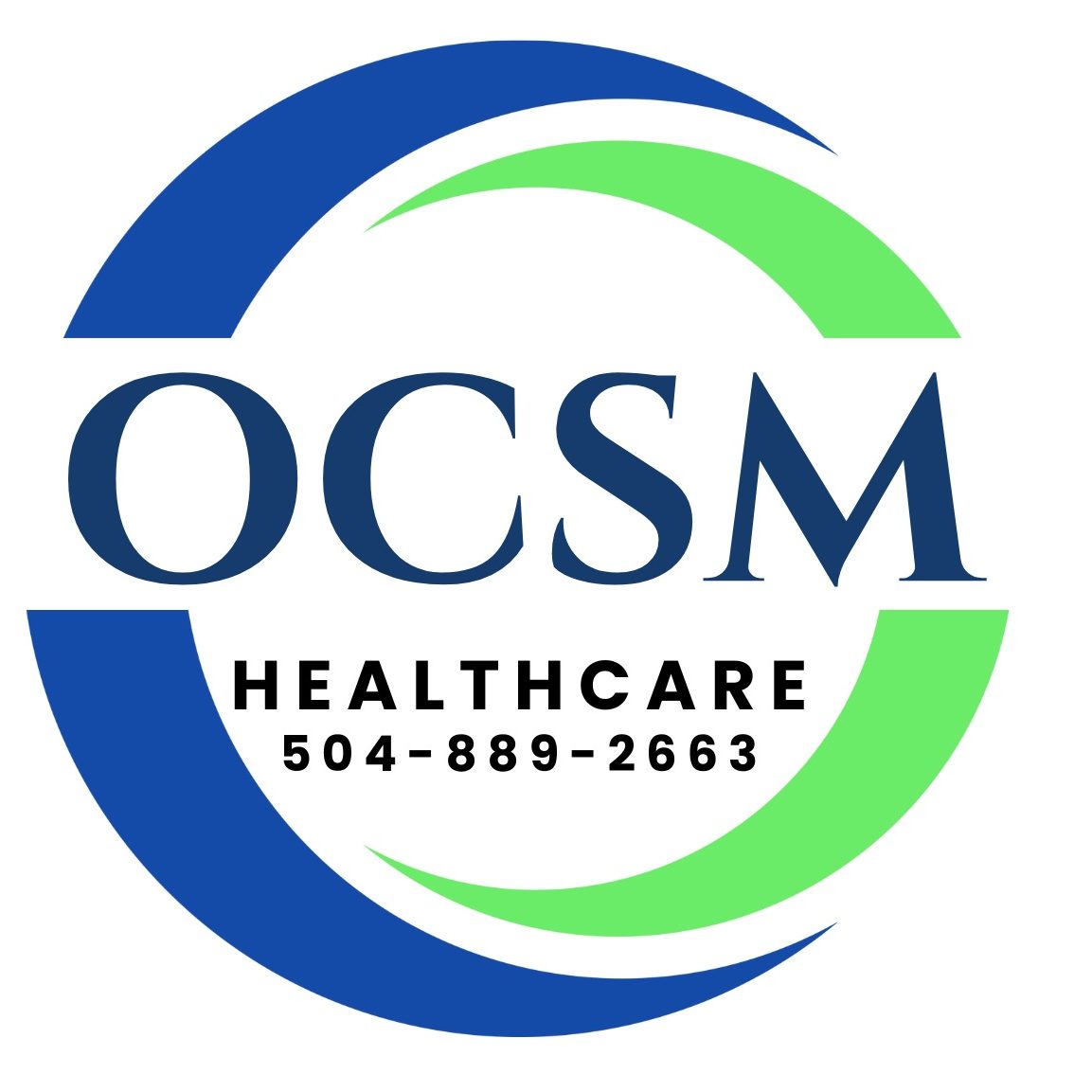The peroneal tendons are a group of tendinous fibers that provide dynamic stability and assist with the eversion and flexion of the foot. There are three: the peroneal brevis, the peroneal longus, and the peroneal tertius. The first two pass through the retro malleolar groove of the fibula, behind the bony prominence of the outer ankle, and it is at this location where they are at most risk of injury due to low blood supply. The causes are not fully understood but may include trauma (rolling or twisting of the ankle), a high arched foot, fracture of the fibula bone, overuse from running or jumping, tight calves, and anatomical variations like a low-lying peroneal brevis muscle belly or a shallow groove of the fibula. Studies have also found a relationship between peroneal tears and local steroid injections as well as with systemic conditions like rheumatoid arthritis and diabetes.
Tears can occur acutely or, more commonly, as part of a chronic process. Chronic tears are usually asymptomatic, but patients may present with the instability of the foot, vague pain, and swelling of the lateral ankle that worsens with activity. If it is acute, symptoms might also include warmness of the area and a popping sound at the time of injury. These symptoms mimic other conditions like an ankle sprain, occult fracture of the calcaneus or the talus, peroneal tendonitis, and lateral ligament instability, which can often delay the diagnosis as some of these are more severe and need to be ruled out first.
The most common tendon injured is the peroneus brevis, and it is usually a longitudinal tear, while multiple splits are less common. The peroneus longus tears occur with less frequency than the peroneal brevis and even more rare are tears of both tendons simultaneously.
Diagnosis requires high suspicion from your doctor and usually requires a complete history and physical examination. Tenderness to palpation, swelling, and pain with moving the foot outwards against resistance are common signs but are not unique to peroneal tears. When considering surgery, imaging is necessary. X-rays are usually done first to rule out fractures or abnormal bony anatomy. Ultrasound or MRI are both very useful studies to help confirm injury to the tendon.
Treatment depends on clinical presentation and the patient’s goals. Conservative treatment is occassionally effective and includes bracing, physical therapy, and anti-inflammatory medications. A surgical approach should be considered if conventional treatment fails or the patient lifestyle is highly active (ex. athletes). For small tears, debridement and tubularization of the tendon are performed. During this procedure, the damaged areas are removed, and the tendon is reshaped or “tubularized” to its standard shape using stitches. If the tear is extensive (involving more than 50% of the tendon), a tendonesis is required where the damaged tendon is entirely removed and the remaining tendon ends are sewed to the peroneal longus. Both procedures are done with high success rates. After surgery, patients require up to twelve weeks of recovery. Usually, about two to four weeks of immobilization and restricted weight-bearing followed by physical therapy to gain back movement and strength and to diminish the risk of complications like stiffness.
A good stretching routine when exercising, wearing ankle-supporting footwear, and running on smooth level surfaces are all ways to avoid injury to the peroneal tendons.
Author Yamarie Cabello – MS4 Fourth year Medical Student at University of Medicine and Health Sciences (UMHS)
